Hardwire a chandelier
rich69b
16 years ago
Related Stories

LIGHTING5 Questions to Ask for the Best Room Lighting
Get your overhead, task and accent lighting right for decorative beauty, less eyestrain and a focus exactly where you want
Full Story
LIGHTINGPersonal Spaces: Homeowners Work Their Pendant Lights
See how all kinds of rooms are getting a lift from hanging lights, both budget-friendly and glam
Full Story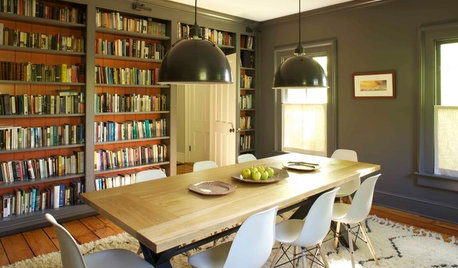
DECORATING GUIDES12 Deadly Decorating Sins
Are your room designs suffering from a few old habits? It may be time to change your ways
Full Story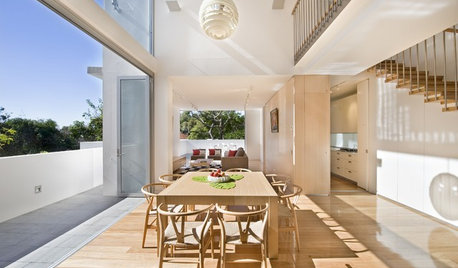
ARCHITECTUREAre Vaulted Ceilings Right for Your Next Home?
See the pros and cons of choosing soaring ceilings for rooms large and small
Full Story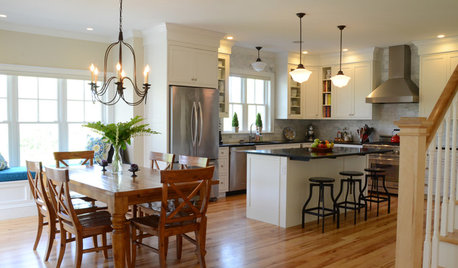
BUDGETING YOUR PROJECTHouzz Call: What Did Your Kitchen Renovation Teach You About Budgeting?
Cost is often the biggest shocker in a home renovation project. Share your wisdom to help your fellow Houzzers
Full Story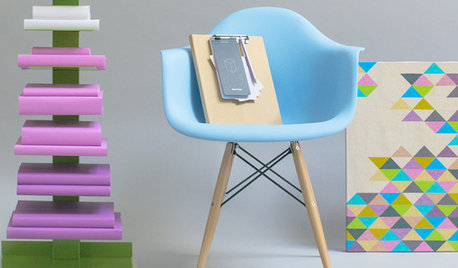
SHOP HOUZZHouzz Products: Pretty in Pastels
Go for a soft rainbow with accessories and furnishings in happy shades
Full Story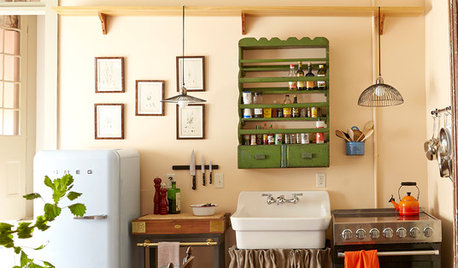
HOUZZ TOURSHouzz Tour: Undone in the French Quarter
Color and history abound in this ‘unrenovated’ pied-à-terre in the Big Easy
Full Story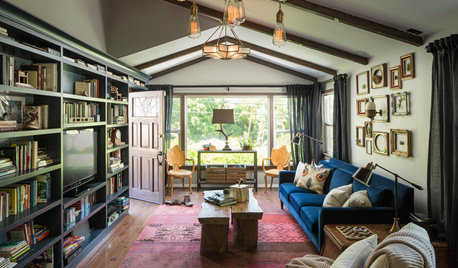
ECLECTIC HOMESHouzz Tour: Good Vibes for a Hollywood Couple in Laurel Canyon
Actor Ian Harding and artist Sophia Hart’s personalities shine in a house nestled in the trees
Full Story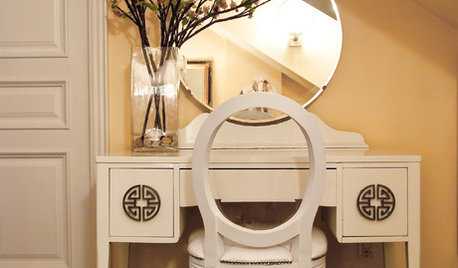
FURNITUREObjects of Desire: Dressing Tables Groomed for Style
Have your own vanity fair with a table for doing makeup and hair that fits you perfectly
Full Story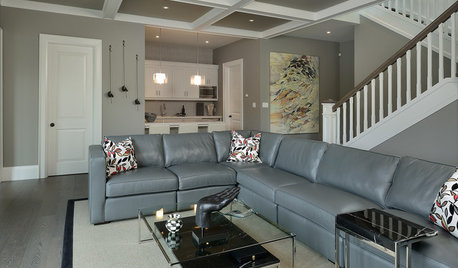
COLORWant Gorgeous Interior Colors? Look to the Light
See how to manipulate natural and artificial light — and learn about those baffling new bulbs — to get the exact room colors you want
Full StoryMore Discussions









charles_von_hamm
terribletom
Related Professionals
Corsicana General Contractors · Del Aire General Contractors · DeRidder General Contractors · Fairview General Contractors · Las Cruces General Contractors · Lincoln General Contractors · North Highlands General Contractors · Waipahu General Contractors · Fairfax Handyman · Lakeville Solar Energy Systems · Mesquite Solar Energy Systems · Delray Beach Home Automation & Home Media · Fox Chapel Home Automation & Home Media · San Jose Home Automation & Home Media · Federal Heights Home Automation & Home Mediatexasredhead
charles_von_hamm
brickeyee
texasredhead
terribletom
charles_von_hamm
brickeyee
texasredhead
joed
spencer_electrician
charles_von_hamm
texasredhead
billhart
charles_von_hamm
brant80_yahoo_com